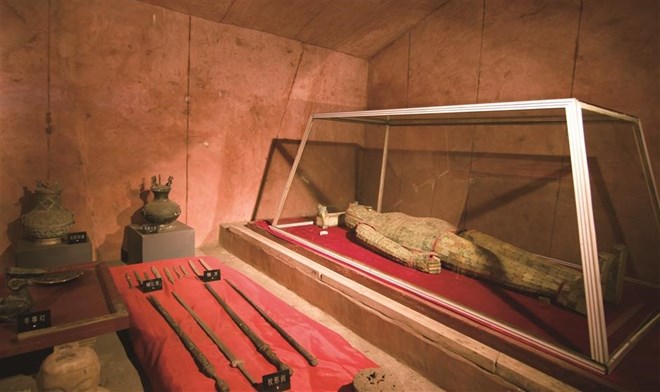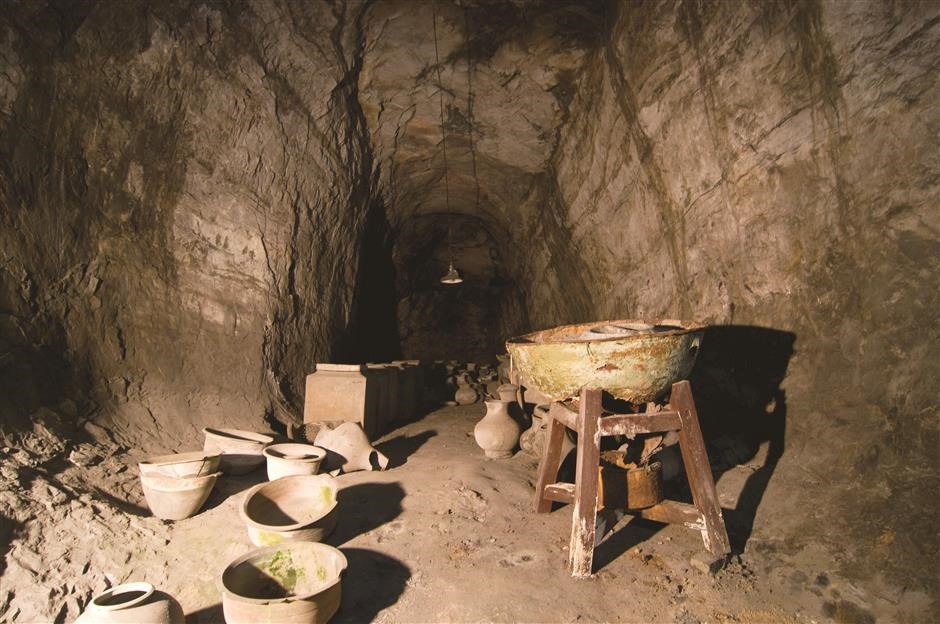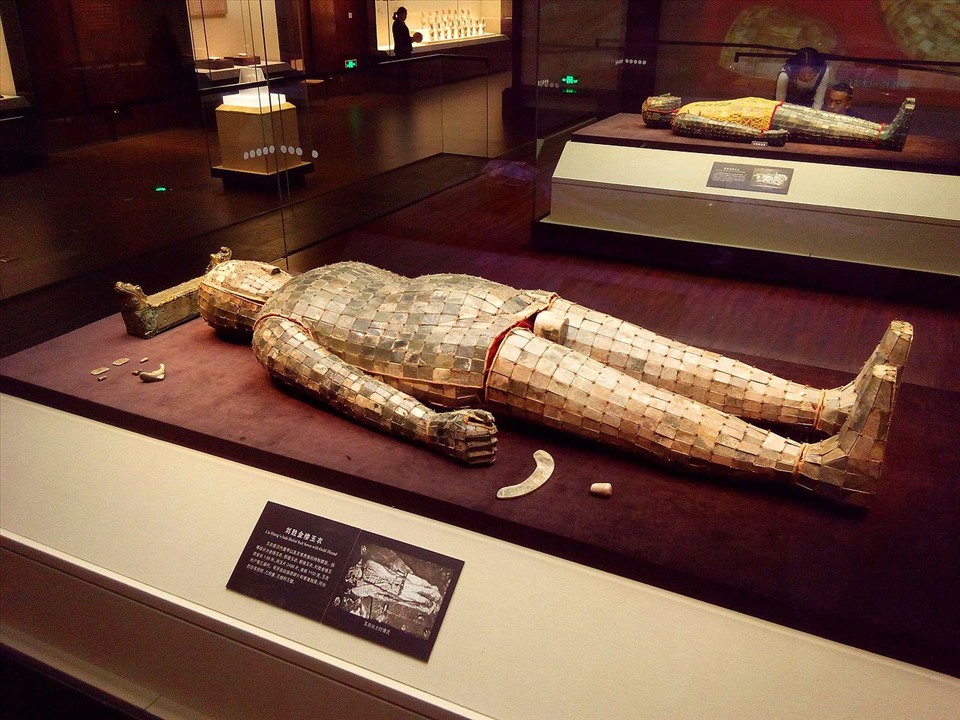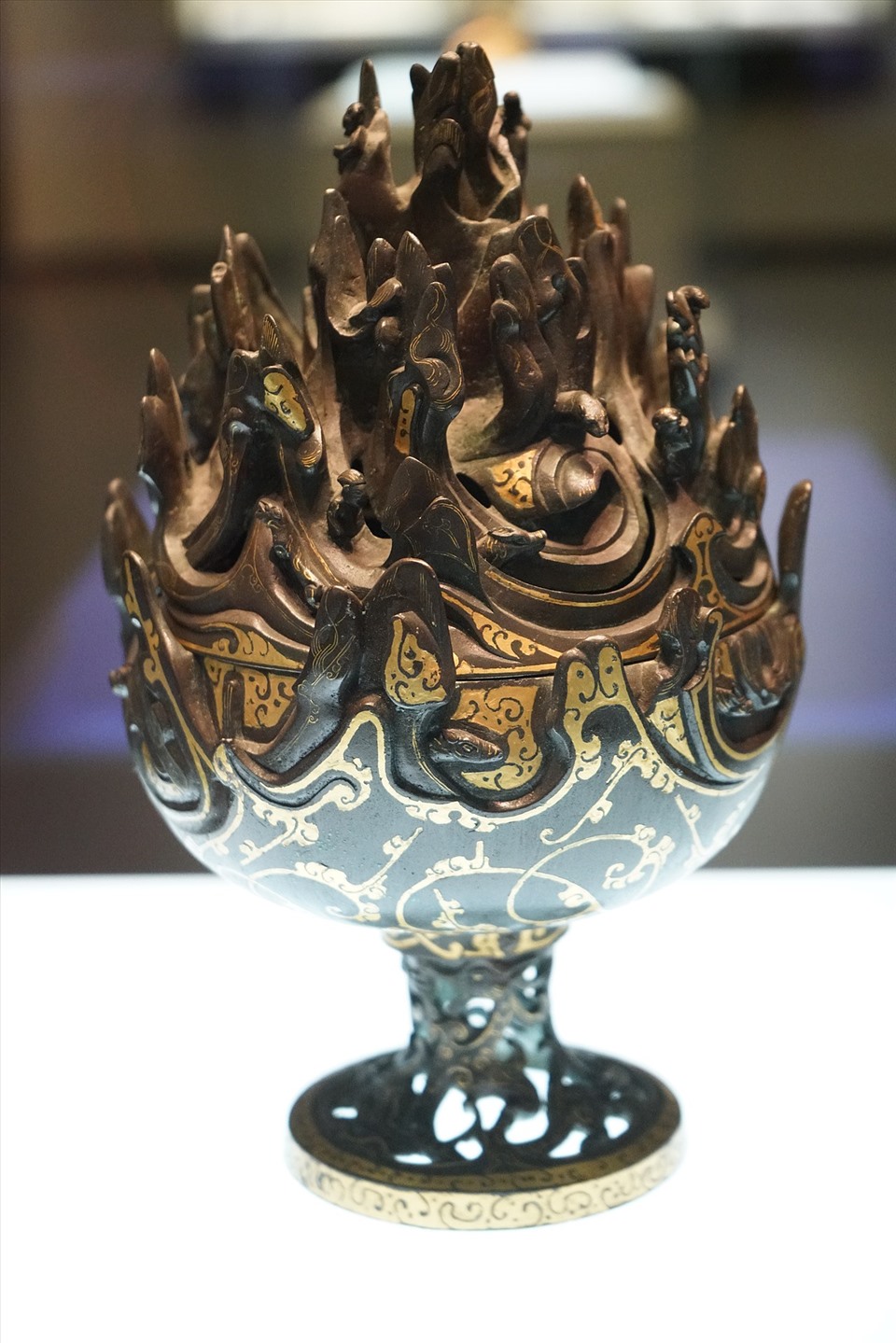
Tomb in deep cave
In the spring of 1968 on Lingshan Mountain, Mancheng County, Hebei Province, central China , People’s Liberation Army soldiers blew up a slope to dig a tunnel. However, after loud explosions, a deep and dark cave dimly appeared behind the dust cloud.
Advancing deeper into this cave, the soldiers were surprised to find countless ancient artifacts. Construction was stopped immediately, and a few days later an archaeological team set out from Beijing for Mancheng.
With Iodine Tungsten Led lights, the cave was illuminated and lit again. Experts found the interior stone walls to be extremely smooth and free of weeds, suggesting they had been intentionally cleaned and polished by humans in the past.
Investigators discovered traces of buried horses and carriages lined up in the first chamber. Based on the remaining skeletons and metal accessories, experts calculated there were a total of 16 horses and 4 chariots.
It’s not difficult to come to the conclusion that the cave hidden in the mountain is an ancient tomb , but who was buried there and how long ago?
A chariot was restored and it turned out to be the “An” chariot, built only for the emperor, his family and officials in ancient China.
A hallway at the northern tip of this room leads to another room, which looks like a giant warehouse containing hundreds of clay pots for cooking food and storing fish, meat and wine, suggesting that the tomb’s owner must have been the owner of the tomb. is an alcoholic and foodie.

To the west, it extends into a giant room, 15 meters wide, 12 meters deep and 7 meters high. Three zones are divided to store three types of items for different purposes. The northern area has porcelain and female sculptures, while the southern area has bronzes and bows and arrows. The central area is the most luxurious area, decorated with bronze lamps of many different shapes and wine bottles.
A large amount of rotten wood, broken tiles, and bronze joints carved with numbers on the debris indicate that this room was once an elaborate wood-brick construction with a high roof.
Countless old coins have been unearthed. Judging from the shape and pattern, these coins were determined to have been used more than 2,000 years ago during the Han Dynasty (202 BC to 220 AD). Characters carved on some bronze vessels clearly show that they belonged to a king of the old kingdom called Zhongshan, a Han Chinese territory located in present-day Hebei province.
The mysterious king
There were 10 kings of Zhongshan, but who is the owner of this cave tomb? With further studies of the inscriptions on the bronze, experts confirmed that the mysterious king was Liu Sheng, son of the sixth Han Dynasty emperor Liu Qi (188-141 BC). This is the first intact Western Han tomb discovered.
The coffin room was found behind a sumptuous red-painted gray stone gate. This room has a small bathroom of about 4 square meters. Large copper vessels were probably used for bathing. The bedroom has a low desk, lamp and other everyday items. In the south, there are weapons and armor to protect the king.
The sarcophagus was placed on the north side on a bed of jade, but it collapsed at some point in the past 2,000 years, and was covered with a thick layer of rotting wood and crushed lacquer.

Under the debris, experts discovered an outstanding relic that surprised the whole world – an intact jade burial suit sewn with gold thread. This is the first time a jade suit sewn with gold thread has been unearthed. Before being discovered, the suit was just a legend in ancient books.
The 1.88 meter long suit includes more than 2,000 jade stones sewn with golden threads, shaped like a man with a head, torso, limbs and shoes.

During the Han Dynasty, people believed that jade could keep a corpse from decomposing. However, jade is not for everyone; only the emperor and his cousins had the privilege. According to Han Dynasty law, there were strict distinctions for different ranks regarding the use of thread on jade clothing – gold thread for the emperor, silver thread for the vassal king, and bronze thread for the sister. the emperor’s younger brother.
According to Shine newspaper, after months of excavation, more than 10,000 artifacts were found, 4,000 of which were jade items, bronze items and sophisticated gold and silver accessories, such as gold and silver acupuncture needles, knives decorative iron pin. The jade burial set embroidered with gold thread, the bronze lamp and the mountain-shaped bronze incense burner are said to be the three most beautiful archaeological discoveries .